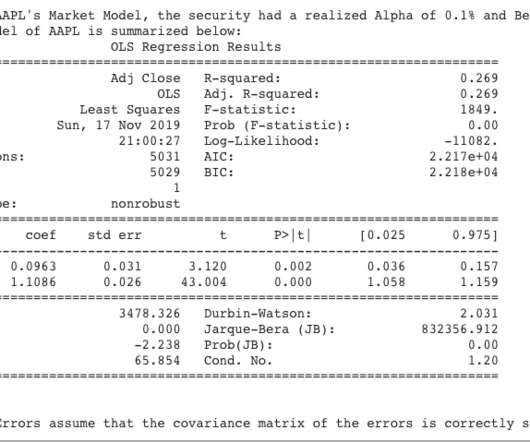What you need to know about product management for AI
O'Reilly on Data
MARCH 31, 2020
Machine learning adds uncertainty. Underneath this uncertainty lies further uncertainty in the development process itself. There may even be someone on your team who built a personalized video recommender before and can help scope and estimate the project requirements using that past experience as a point of reference.


















Let's personalize your content